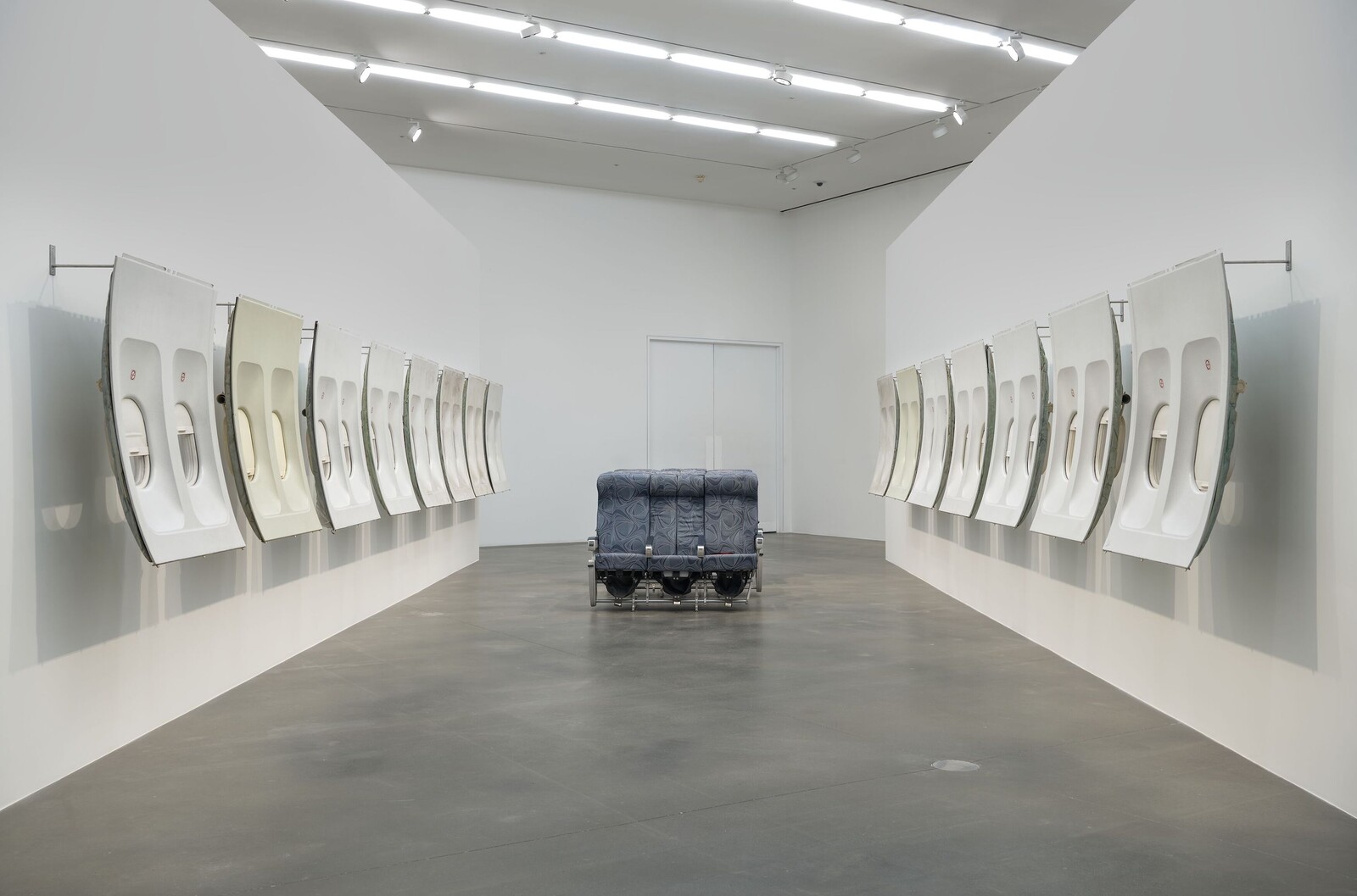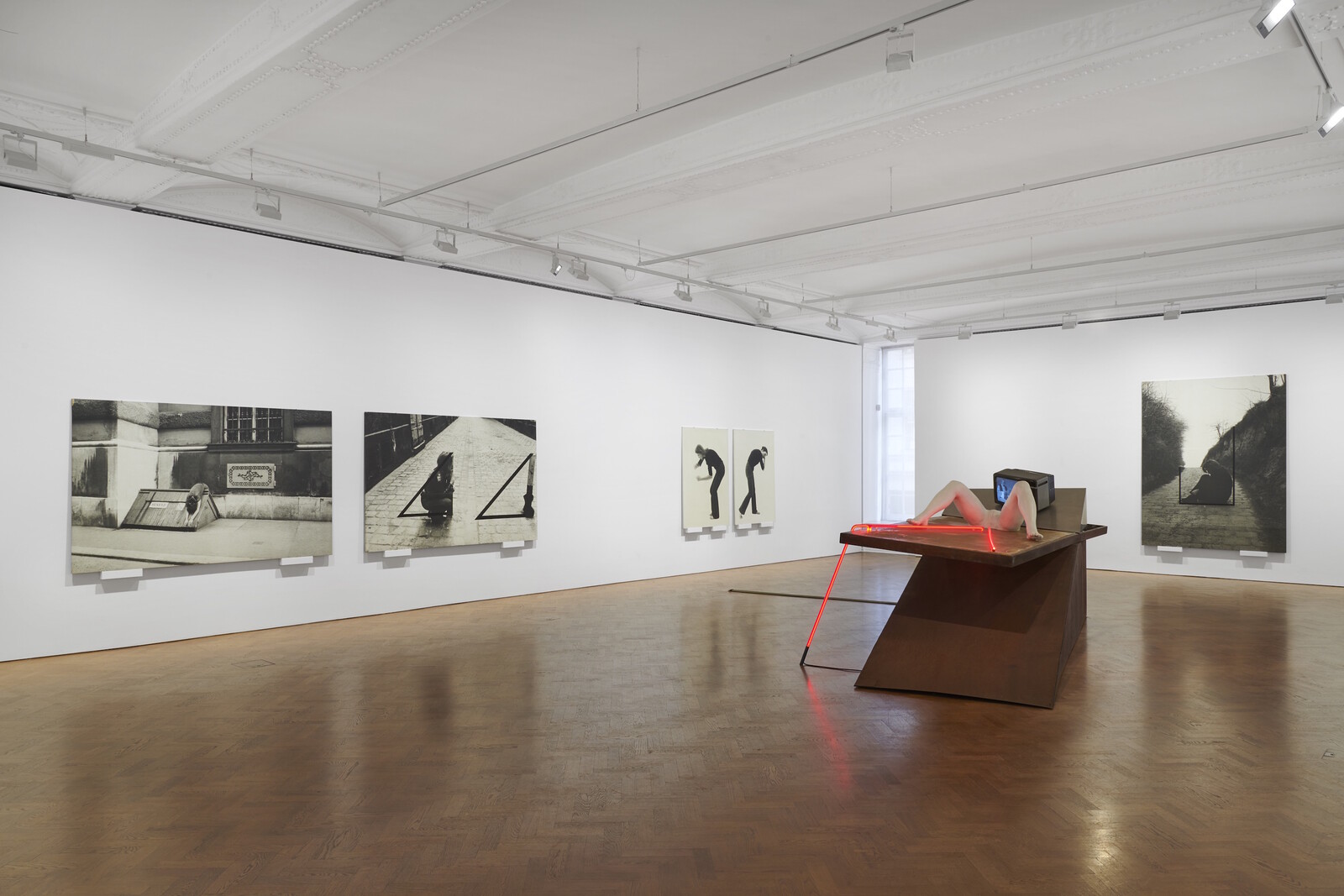Categories
Subjects
Authors
Artists
Venues
Locations
Calendar
Filter
Done
June 29, 2020 – Feature
London Roundup
Ben Eastham

Every time I approach White Cube’s gleaming south London base, I am reminded of a trope in science-fiction films: a professor of linguistics is whisked to a top-secret government facility, decontaminated, and introduced to an alien intelligence whose ominous burps she is tasked with translating. These daydreams are no doubt prompted in part by mental association with Brian O’Doherty’s Inside the White Cube (1976), which drily observes that the “ideal” contemporary art space “must be sealed off from the outside world” in order to preserve the closed system of values that operates within it. But pulling on a mask, sterilizing one’s hands, and confirming one’s identity with a security guard lends these visions a new lucidity.
Beyond the hermetic seal, Cerith Wyn Evans’s experiments in sculpture and installation are right at home within the self-contained network of relations that O’Doherty describes, with a roomful of smashed glass screens referencing the high-modernist touchstones of Duchamp’s The Bride Stripped Bare by Her Bachelors, Even (1915–23) and its documentation by Man Ray. Two potted trees rotating slowly on turntables, their branches splayed over a cruciform bamboo trellis and illuminated by a spotlight that casts their silhouettes over the far wall, suggest an …
January 7, 2020 – Review
Valie Export’s “The 1980 Venice Biennale Works”
Orit Gat

The two acts for which VALIE EXPORT is most famous are naming herself off a pack of cigarettes and a performance that involved wearing a pair of trousers with the crotch cut out, exposing her vulva. The Austrian artist, so associated with this bold punk aesthetic, represented her nation at the Venice Biennale in 1980, a rare occasion of recognition for a woman artist at the height of her career rather than its tail end, coming at the peak of her most prolific decade. Collecting these pieces together again, almost 40 years after they were shown at the Austrian Pavilion, makes clear how over time, the shock element of EXPORT’s art has faded, yet what remains is an always-pertinent critique.
EXPORT’s work is a reflection on the place women are afforded—that is, must fight for—in the communities in which they live. On view is “Body Configurations” (1972–76), a series of black-and-white photographs that show EXPORT adjusting her body to the city—lying with her back arched to match a curve in the pavement in ABRUNDUNG I [Rounding I] or sitting against the corner of a building, her hands stretched to touch its two sides in VERFÜGUNG I [Available I] (both works …